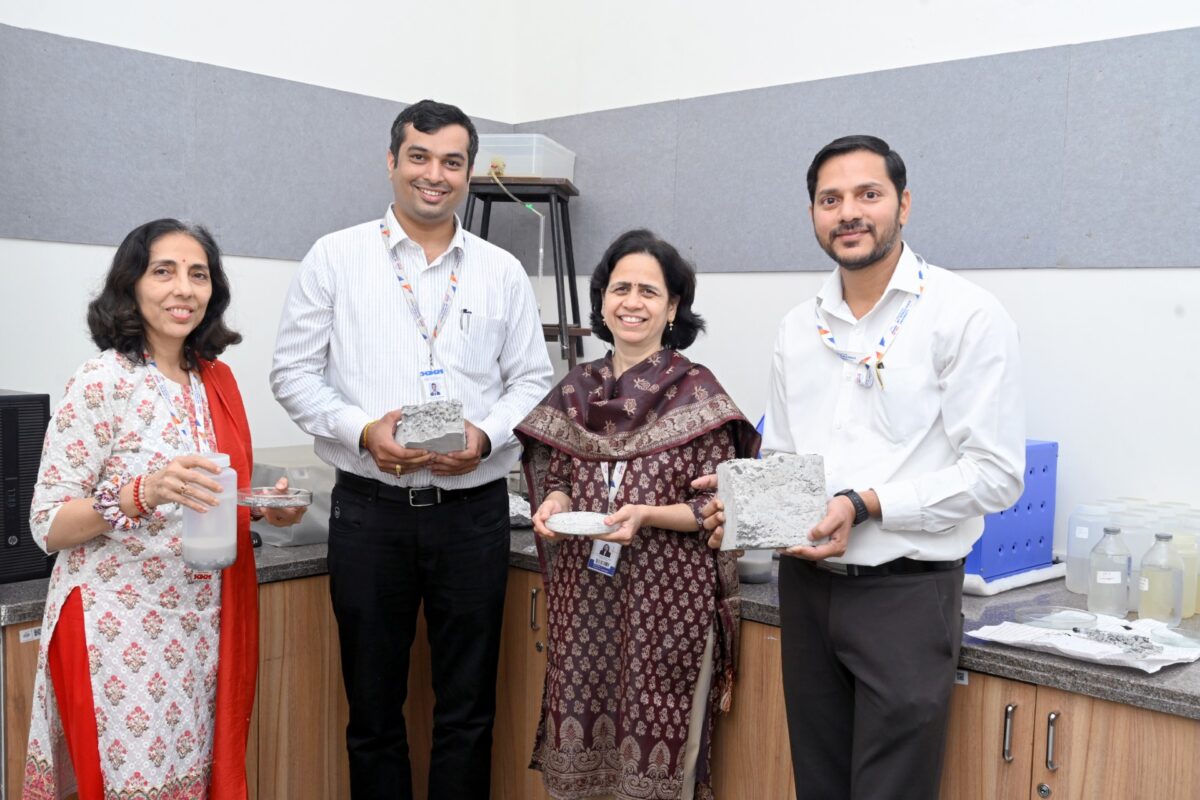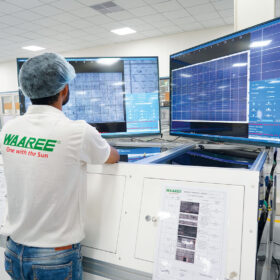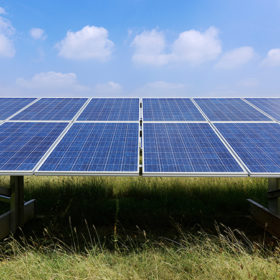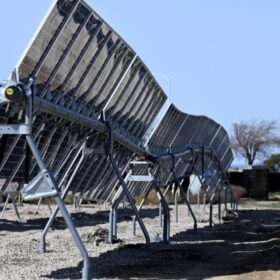Researchers at MIT World Peace University (MIT-WPU) have developed a scalable recycling process to address the growing challenge of solar PV waste in India. The process has been successfully validated through laboratory trials and industry feedback.
The team secured a research grant of INR 25 lakh from the Rajiv Gandhi Science & Technology Commission (RGSTC), Government of Maharashtra, to support this pioneering research.
The solar PV waste in India is projected to reach nearly 200,000 tons by 2030 and 1.8 million tons by 2050. The solution not only addresses India’s growing PV waste challenge but also advances UN Sustainable Development Goals 9 (Industry, Innovation, and Infrastructure) and 11 (Sustainable Cities and Communities) by promoting circular industry practices and greener urban development.
At present, most discarded solar PV panels are either stored or partially dismantled for aluminum and cables, while valuable materials such as silver (Ag), copper (Cu), tin (Sn), and lead (Pb) are lost due to the difficulty of separating laminated, multi-layered structures.
Recognizing this challenge, Dr. Sarita R. Zele, Professor, Research and Development, Dr. Nivedita Gogate, Associate Professor, Civil Engineering, along with Dr. Deepti Marathe and Dr. Amrut Joshi led this initiative to develop a recycling solution that not only enables recovery of valuable materials from end-of-life solar panels but also upcycles non-recoverable fractions into construction materials such as bricks, blocks, and aggregates. This dual approach prevents hazardous waste from entering landfills while reducing dependence on virgin raw materials, fostering a circular economy between the renewable energy and construction sectors.
Dr. Sarita R. Zele, Professor, Research and Development, MIT-WPU said, “Solar energy is one of the pillars of India’s clean energy transition, but its by-product – solar panel waste – is a growing concern. Our research provides a sustainable solution that not only recovers valuable resources but also converts waste into useful construction products. This ensures that renewable energy continues to be truly green and environmentally responsible.”
Dr. Nivedita Gogate, Associate Professor, Civil Engineering, MIT-WPU, added, “Our innovation bridges renewable energy and construction, turning a waste challenge into an opportunity. By creating an industrial symbiosis, we reduce landfill burden, conserve virgin raw materials, and promote a circular economy. We believe this model can be scaled across India to make solar adoption more sustainable.”
This content is protected by copyright and may not be reused. If you want to cooperate with us and would like to reuse some of our content, please contact: editors@pv-magazine.com.









3 comments
By submitting this form you agree to pv magazine using your data for the purposes of publishing your comment.
Your personal data will only be disclosed or otherwise transmitted to third parties for the purposes of spam filtering or if this is necessary for technical maintenance of the website. Any other transfer to third parties will not take place unless this is justified on the basis of applicable data protection regulations or if pv magazine is legally obliged to do so.
You may revoke this consent at any time with effect for the future, in which case your personal data will be deleted immediately. Otherwise, your data will be deleted if pv magazine has processed your request or the purpose of data storage is fulfilled.
Further information on data privacy can be found in our Data Protection Policy.